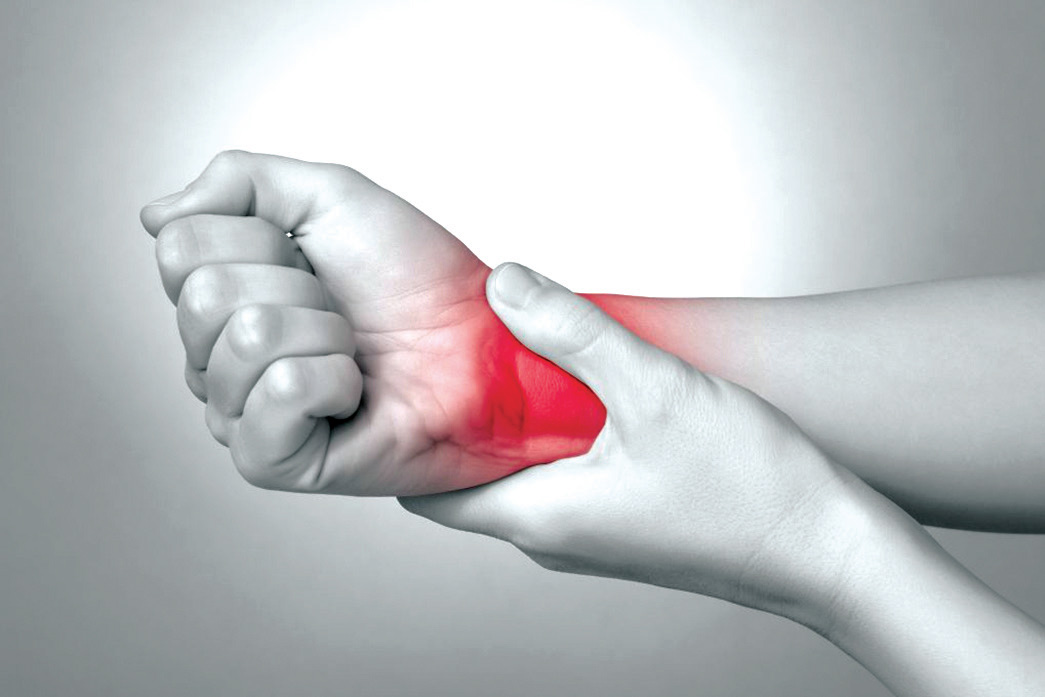It’s All in the Wrist
Is wrist pain hurting your tennis game?
Wrist injuries are common among tennis players. The biomechanics of the wrist are amongst the most complex of any joint in the body and play an integral role in every tennis swing. The slightest bit of discomfort can significantly hinder your tennis game.
by IMRANCHOUDHRY, M.D./ORTHOPEDIC ASSOCIATES
Tendon Injuries
Wrist tendonitis is a frequent complaint amongst tennis players. Pain on the ulnar (pinky) side of the wrist is often due to ECU (Extensor Carpi Ulnaris) tendonitis. The tendon may be inflamed or even dislocated from its natural position due to an acute injury. Instability of the tendon may lead to painful popping and swelling. On the radial (thumb) side of the wrist, tendonitis of the thumb tendons (De Quervain’s tendonitis) is the likely culprit. If the pain is more proximal, it may be due to friction between some of the wrist and thumb tendons, known as “intersection syndrome.” On the palmar side of the wrist the FCR (Flexor Carpi Radialis) is another common cause of wrist pain. If you have arthritis in the wrist as well then developing tendonitis may be a sign of impending tendon rupture from bone spurs and an inflamed joint lining.
Bone and Ligament Injuries
The intrinsic wrist ligaments are integral to proper biomechanics of the wrist. Although ligament ruptures in the wrist primarily occur due to a fall on the hand or wrist, it is common for tennis players to sprain these ligaments. On the ulnar side of the wrist there is a structure known as the TFCC (triangular fibrocartilage complex). It stabilizes the two bones of the forearm as they meet at the wrist and rotate around one another. Any injury to the TFCC will lead to pain with gripping and twisting activities and a sensation of weakness. Another frequently injured ligament in the wrist is the SL (scapholunate) ligament that stabilizes the arc of motion amongst the small bones in the wrist. It is arguably the single most important ligament for proper wrist biomechanics. A rupture of the SL ligament may not cause significant pain but will most certainly lead to deterioration of wrist biomechanics and arthritis over many years.
Injury Prevention
Most wrist injuries from tennis are due to overuse or incorrect form and technique. Simple adjustments in technique can alleviate your symptoms. The maximum load and stress experienced by any tendon is during an eccentric motion. In tennis this occurs during the follow-through portion of your shot. Be sure to follow-through properly and completely. Adjustments in gripping technique and grip diameter can also help reduce issues you are having. You should always consult with an orthopedic specialist if your pain is due to a serious injury or associated with persistent swelling and/or pain.
This article appears in the 2017 Fall/Winter issue of Colorado Tennis newspaper.






